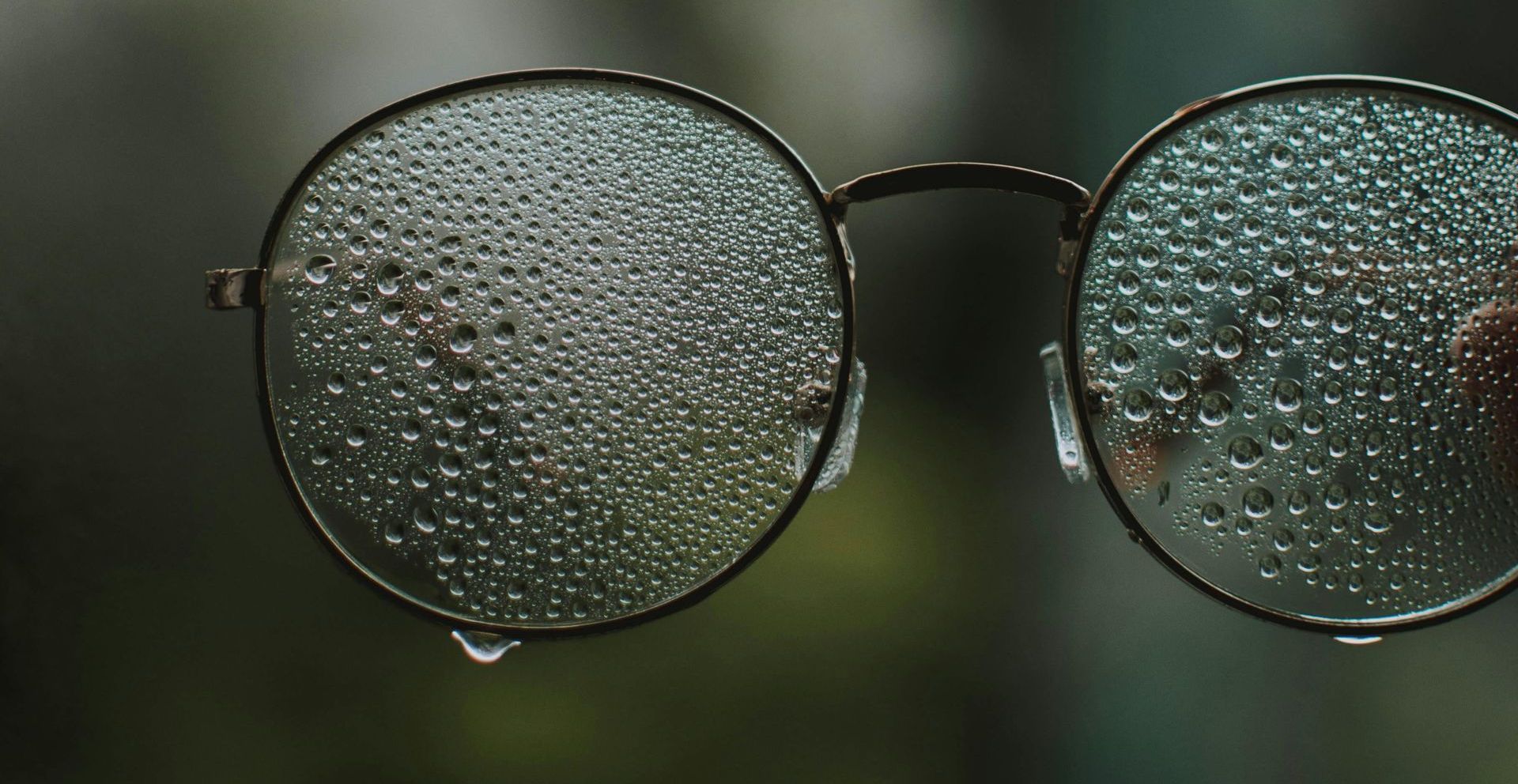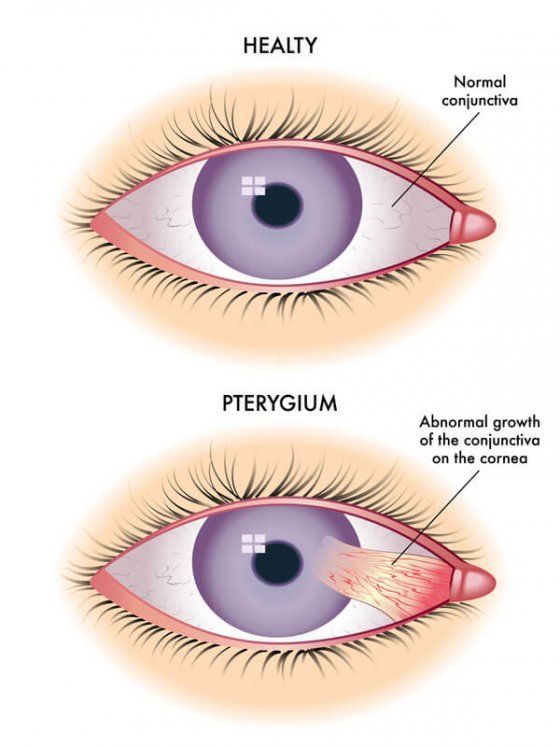February: Shine a Light on Eye Health – AMD and Low Vision Awareness Month at Care Optics
- By Care Optics -
- •
- 19 Feb, 2025
- •
Our eyes are our windows to the world, yet millions face the challenges of vision loss due to conditions like Age-Related Macular Degeneration (AMD) and other low vision disorders. February is AMD and Low Vision Awareness Month, a crucial time to spotlight these sight-threatening conditions and emphasize the importance of early detection and expert care. At Care Optics in Woodford and Dagenham, we're dedicated to providing cutting-edge eye care solutions to protect and preserve your precious vision. Whether you're concerned about AMD, experiencing early signs of vision loss, or simply due for a routine eye exam, our experienced team is here to support you.

Understanding Age-Related Macular Degeneration (AMD)
AMD is a leading cause of vision loss in people over 50. It affects the macula, the central part of the retina responsible for sharp, detailed vision. There are two main types:
- Dry AMD: The most common form (around 90% of cases), dry AMD involves the thinning of the macula over time, often accompanied by drusen (small yellow deposits). One subtype of dry AMD is geographic atrophy, which involves more advanced damage to the macula. This leads to a gradual decline in central vision.
- Wet AMD: Less frequent but more severe, wet AMD occurs when abnormal blood vessels grow beneath the retina. These vessels can leak fluid and blood, causing rapid and significant vision loss.
Recognising the Signs of AMD:
Early detection is key to managing AMD. Be aware of these common symptoms:
- Blurred or distorted central vision
- Difficulty reading or recognizing faces
- Increased sensitivity to light
- Dark spots or floaters in your vision
AMD Risk Factors: Are You at Risk?
While some risk factors are unavoidable, others can be modified:
- Age: The risk of AMD increases significantly with age.
- Genetics: A family history of AMD puts you at higher risk.
- Smoking: Smoking doubles your risk of developing AMD.
- Diet & Lifestyle: Poor nutrition, lack of exercise, and obesity can contribute to AMD.
- UV Exposure: Prolonged exposure to ultraviolet (UV) radiation may increase risk.
Early Detection: The Power of OCT Scans in Woodford
Early diagnosis is crucial for slowing the progression of AMD. At Care Optics Woodford, we utilize advanced Optical Coherence Tomography (OCT) scans. This state-of-the-art imaging technology allows us to visualize the layers of your retina in detail, detecting early signs of AMD before symptoms appear. This allows for timely intervention and personalized management plans.
Living with Low Vision: Finding Support and Solutions
Low vision refers to significant visual impairment that cannot be fully corrected with glasses, contact lenses, or surgery. 1 It can be a consequence of AMD, diabetic retinopathy, glaucoma, or other eye conditions. Low vision can significantly impact daily life, making tasks like reading, writing, navigating, and recognising faces challenging.
How Low Vision Affects Daily Life:
- Difficulty with reading, writing, or using digital screens
- Trouble recognizing faces or navigating surroundings
- Increased reliance on brighter lighting and magnification tools
- Reduced independence and quality of life
Solutions for Low Vision: Regaining Independence
At Care Optics, we offer a range of solutions to help individuals with low vision maximize their remaining sight and improve their quality of life:
- Specialized Lenses and Magnifiers: We can recommend and provide a variety of optical aids, including magnifiers, telescopes, and specialized lenses, to enhance vision for close-up tasks and distance viewing.
- Assistive Technology: Explore the world of assistive technology, including digital magnifiers, text-to-speech apps, screen readers, and other tools that can improve accessibility and independence.
- Lifestyle Adjustments: We can provide guidance on practical strategies for adapting to low vision, such as optimizing lighting, increasing contrast, using large-print materials, and decluttering your environment.
Advanced Eye Care Solutions at Care Optics: Your Vision is Our Priority
Care Optics in Woodford and Dagenham provides comprehensive eye care services, including:
- Comprehensive Eye Exams: Thorough eye exams to detect early signs of AMD, cataracts, glaucoma, and other eye diseases.
- OCT Scans in Woodford: Advanced retinal imaging for early AMD detection and monitoring.
- Customized Low Vision Aids: Personalized recommendations and fitting for low vision devices.
- Varifocals in Woodford: Seamless vision correction for presbyopia and other age-related vision changes.
- Myopia Control: Strategies to slow the progression of short-sightedness in children, reducing the risk of future eye health complications.

February Special Offers: Invest in Your Eye Health
This February, take advantage of these special promotions:
- Student Discount Wednesdays: Students receive 20% off frames, lenses, and sunglasses at our Woodford & Dagenham locations.
- Over-60s Eye Exam Discount: Book your eye exam before 1 pm any day this month and receive a reduced rate.
Protecting Your Vision: A Proactive Approach
While some AMD risk factors are beyond our control, you can take steps to protect your vision:
- Nutrient-Rich Diet: Consume foods rich in omega-3 fatty acids, lutein, and zeaxanthin (e.g., leafy greens, oily fish, nuts).
- Quit Smoking: Smoking is a major risk factor for AMD and other health problems.
- Regular Exercise: Maintain a healthy lifestyle with regular physical activity.
- UV Protection: Wear UV-blocking sunglasses to shield your eyes from harmful rays.
- Regular Eye Exams: Schedule regular comprehensive eye exams to detect any changes early.
Book Your Eye Examination Today

We were honoured to once again be part of the Barking and Dagenham Chamber of Commerce Awards this year—a vibrant celebration of local enterprise, innovation, and community spirit. For the third time, we joined fellow businesses from across the borough to recognise the outstanding contributions being made to our local economy and community.
This year's event was particularly special for the Care Optics family. We were thrilled to be shortlisted for the Green Business Award, a recognition that speaks to our deep commitment to sustainability and environmental responsibility in all that we do.
The highlight of the evening was seeing our very own Director receive the prestigious Businessman of the Year award. This is an incredible honour and a powerful testament to his leadership, vision, and unwavering dedication to both our company and the community we serve.
A Legacy of Excellence
This year’s successes build on a proud history of recognition from the Chamber of Commerce. Our team’s dedication to excellence has been consistently acknowledged, and we are humbled by the commendations we've received over the years, including:
- Business of the Year (Winner, 2023)
- Employer of the Year (Winner, 2023)
- Training, Developing and Supporting Education (Winner, 2023)
- The Judges’ Award (2024)
- Customer Service
- Charity and Community Impact
- Innovation through the Use of Digital Media
Each award and nomination is a reflection of our team's collective hard work and our mission to deliver exceptional care and service. We believe a strong business is built on a foundation of community support, innovation, and a commitment to nurturing talent.
We extend our heartfelt congratulations to all the winners and nominees of the evening. We are inspired to be in the company of such incredible local businesses and look forward to many more years of growth, impact, and celebration within Barking and Dagenham.

As parents, we want to give our children every possible advantage—from a great education to a healthy diet and a safe environment. But one thing that often gets overlooked is their eye health. And when it comes to children’s vision, Myopia—commonly known as short-sightedness—is becoming more common than ever. At Care Optics, we specialise in Myopia Control, helping children maintain clearer vision and a brighter future.
Let’s explore what Myopia is, how to spot it in your child, and the amazing ways we can help manage and slow its progression.

Here at Care Optics, with our friendly teams in both Woodford and Dagenham, we're always on the lookout for the latest and greatest innovations to bring to your eyewear experience. And let me tell you, we're absolutely buzzing to announce our newest arrival: the revolutionary Ray-Ban | Meta smart glasses!
Imagine seamlessly blending iconic style with cutting-edge technology. Well, stop imagining, because these incredible glasses are here, and we're thrilled to be able to offer them to you. Get ready to step into the future of eyewear!







